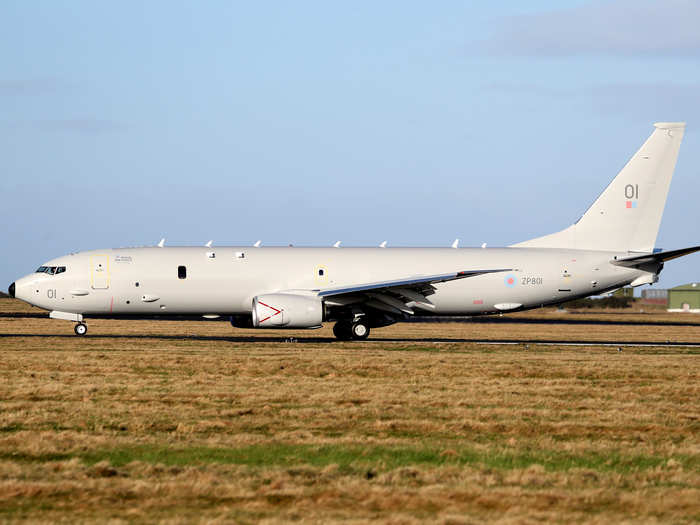- Home
- slideshows
- miscellaneous
- See inside the modified Boeing 737 US Navy patrol plane the government just ordered $1.5 billion more of. Take a look at the P-8 Poseidon.
See inside the modified Boeing 737 US Navy patrol plane the government just ordered $1.5 billion more of. Take a look at the P-8 Poseidon.
While the Boeing 737 airframe dates back to the 1960s, the P-8 is a more recent innovation first conceived of in the 2000s with the US Navy giving Boeing the contract to develop a new naval patrol aircraft.

The new aircraft to be produced by Boeing would replace the turboprop-powered P-3C Orion, a similar patrol aircraft with an airframe dating back to the 1950s.
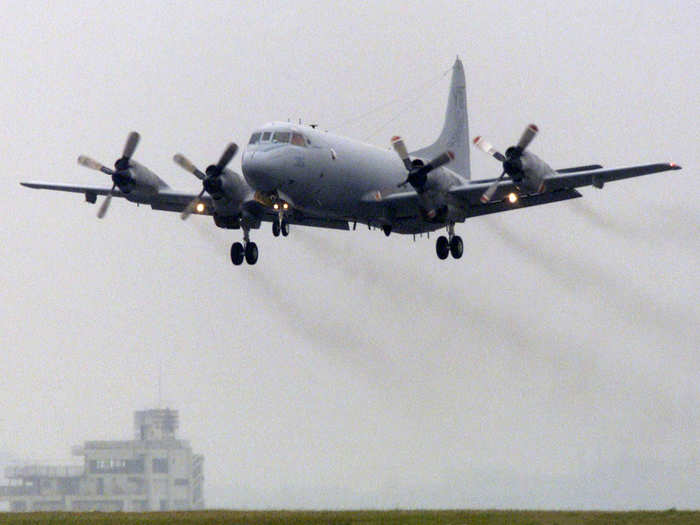
Source: Boeing
The build for the P-8 Poseidon would be based on a tried and true aircraft, the Boeing 737.
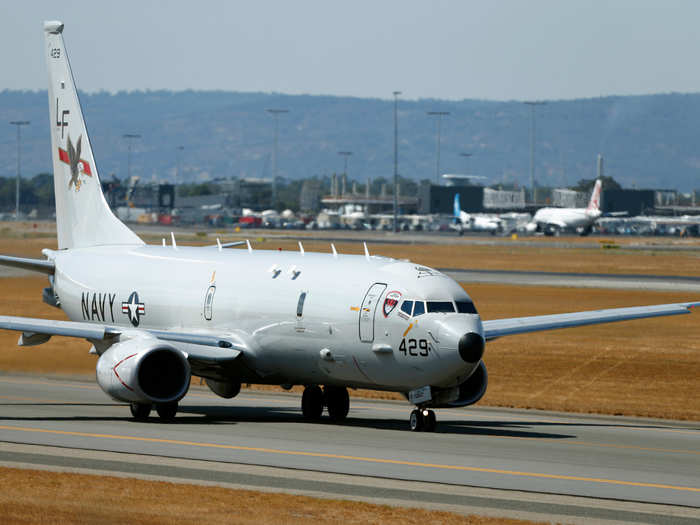
The US Navy already had experience with the 737, using it for VIP, troop, and cargo transport as the C-40, making the Poseidon a logical choice to replace the P-3C.
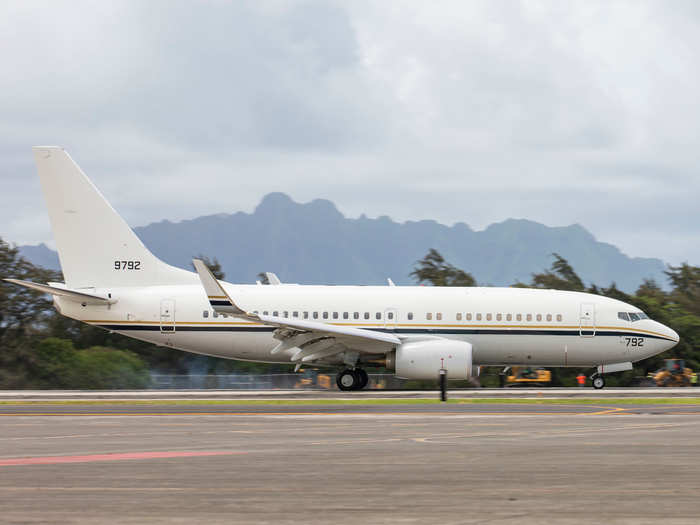
Unlike the C-40, however, the P-8 was designed to be a true warfighter that could not only provide intelligence on and surveil the enemy but attack if required.
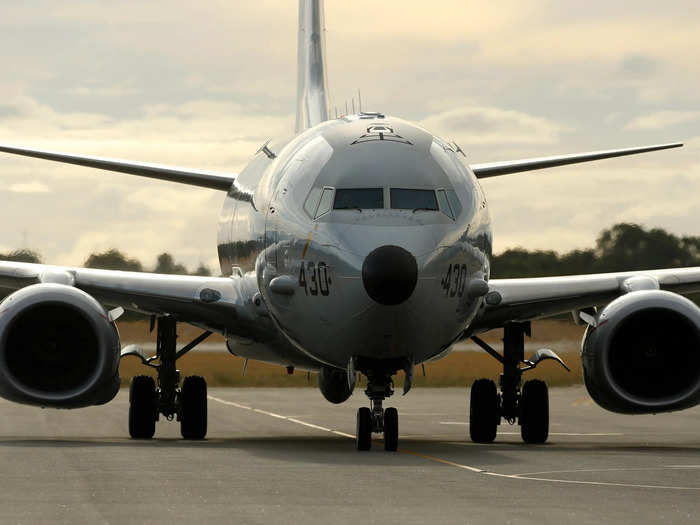
Source: Boeing
The list of missions the P-8 is capable of varies from engaging anti-submarine warfare to conducting aerial surveillance missions, making it one of the few converted passenger jet airliners capable of firing military weapons.
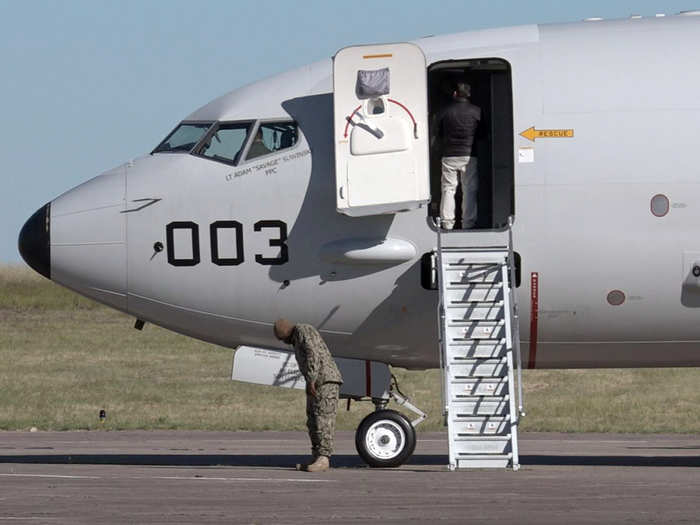
Source: US Navy
Despite all the extra equipment on board, the P-8 is 60% identical to the 737 but it's the 40% difference that puts the Poseidon in a class of its own.
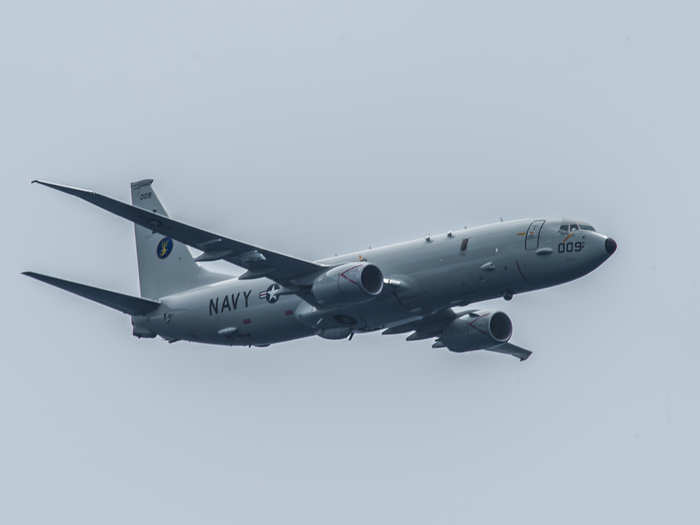
Source: Aviation International News
The Navy received its first Poseidon in 2012 after an eight-year development program to create the flying naval patrol boat.
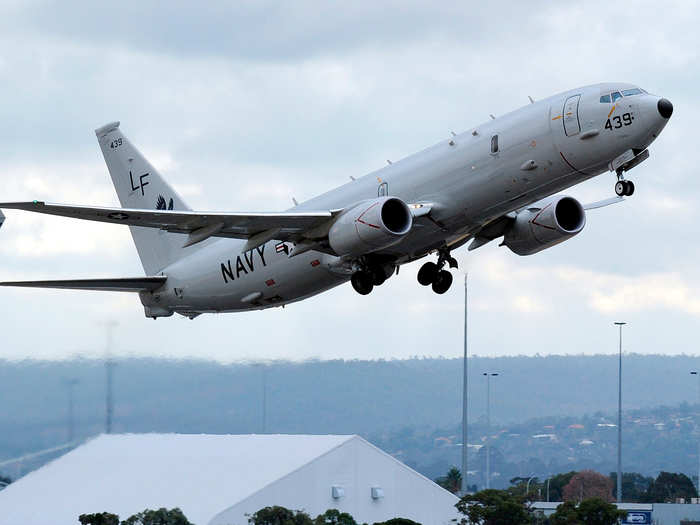
Source: Boeing
The jet-powered P-8 provided advancements from the P-3C in range, payload carrying capability, speed, and technology, providing the Navy with its newest airborne weapon.
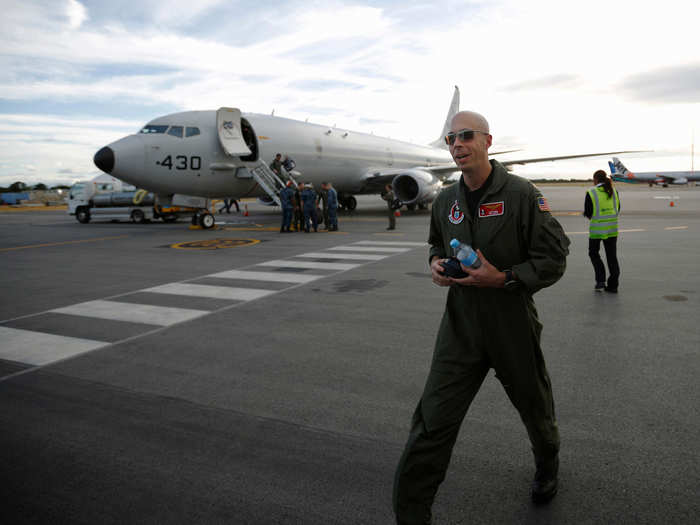
Source: US Navy
Inside the plane, the cockpit is the same as a traditional Boeing 737, though with a few optional extras including a fighter-jet style heads-up display.
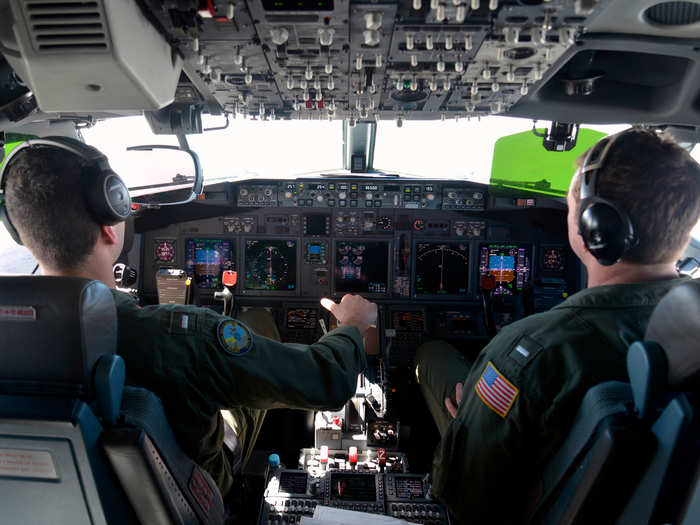
Instead of rows of passenger seats in the back, the P-8 features monitors and screens for the flight crew to engage in surveillance, intelligence gathering, or search and rescue, depending on the mission.
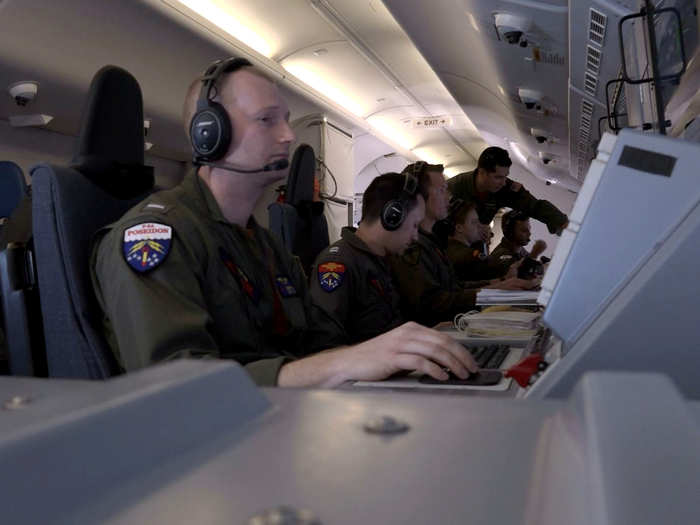
Here's a naval crew member using the plane's onboard cameras to monitor Chinese activities in the South China Sea, a geopolitical hotspot where territorial disputes are rife among the region's nations.
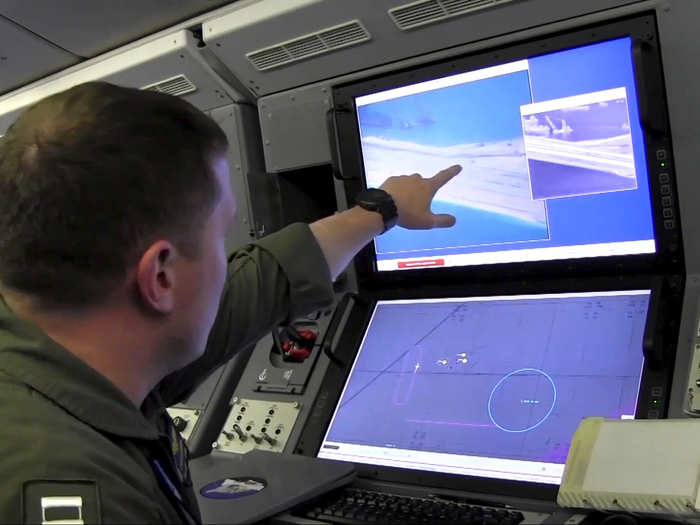
The South China Sea has become a popular area of operation for the P-8, which the Navy uses to keep an eye on Chinese activity. The Chinese fired a laser at one of the planes in January though no crew were injured.
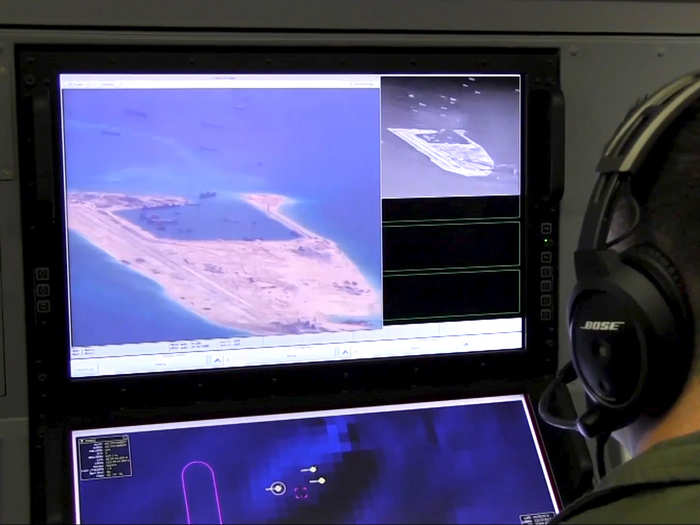
Source: Foreign Policy and Navy Times
Aiding in its surveillance and anti-submarine warfare mission is 129 sonobuoys that are kept on the aircraft using for tracking ships and submersible vehicles.
Source: Boeing
The harmless devices are dropped from the fuselage and provide sonar data back to the aircraft via radio frequencies in the same way a patrol ship would to find enemy submarines lurking in the depths below.
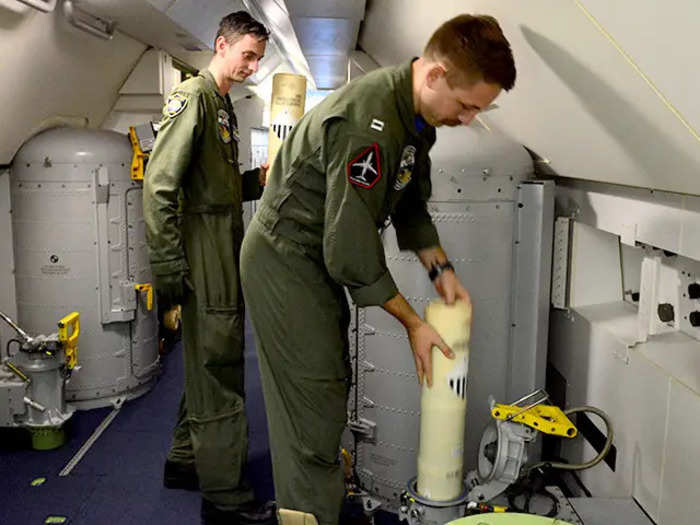
For all the sophisticated surveillance featured on the Poseidon, the aircraft also allows for the use of the most rudimentary form of equipment, the human eye.

Two large windows are built into the fuselage on each side of the aircraft to allow for manual searching whether it be surveillance or search and rescue efforts.
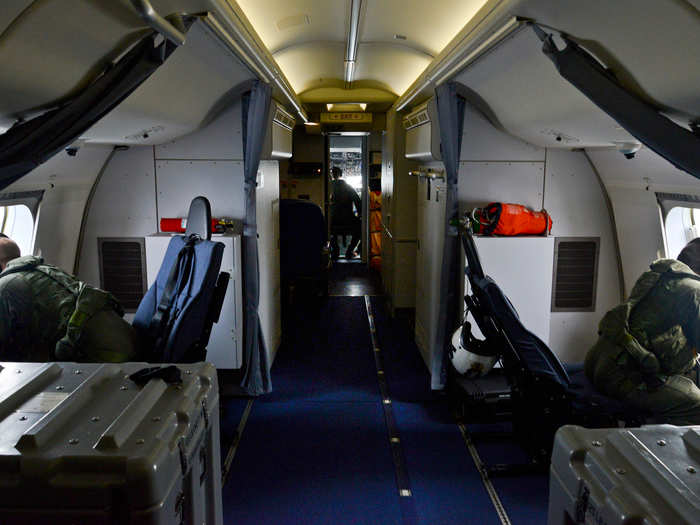
With the US not currently fighting a war at sea, the aircraft is mostly used for its surveillance and intelligence gathering capabilities, aiding search and rescue operations during recent high-profile disappearances at sea.
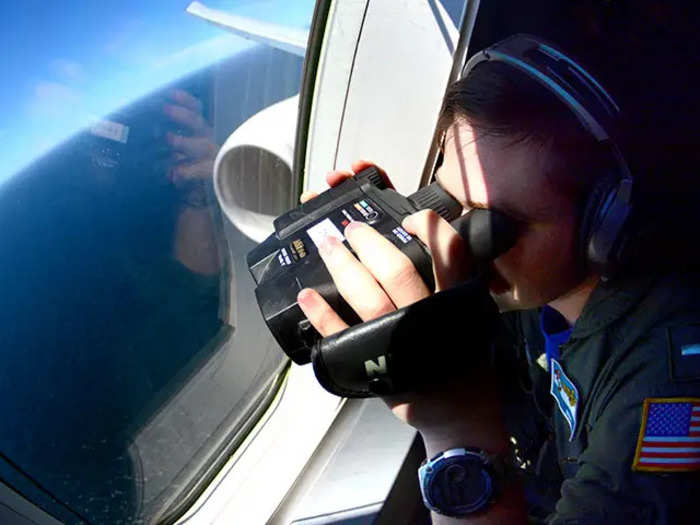
Two P-8s aided in the search for the Malaysia Airlines Boeing 777 aircraft operating as flight MH370 which remains missing to this day...
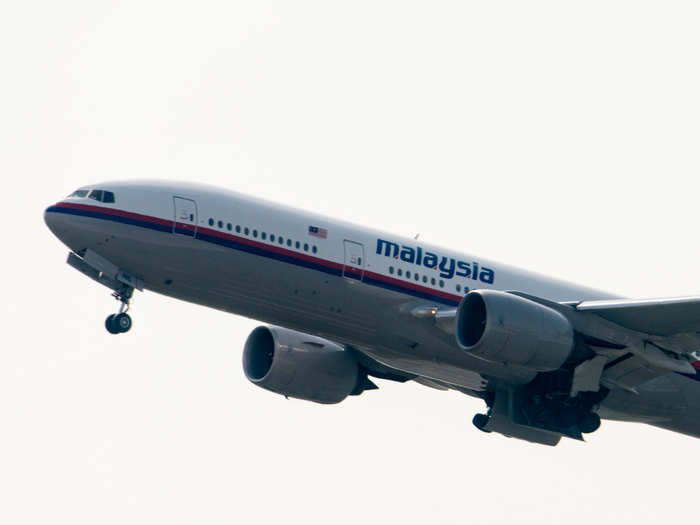
Source: US Navy
And two P-8s were also deployed to Argentina when one of the nation's submarines, the ARA San Juan, went missing while on patrol. The patrol ships were unable to find the sunken submarine.
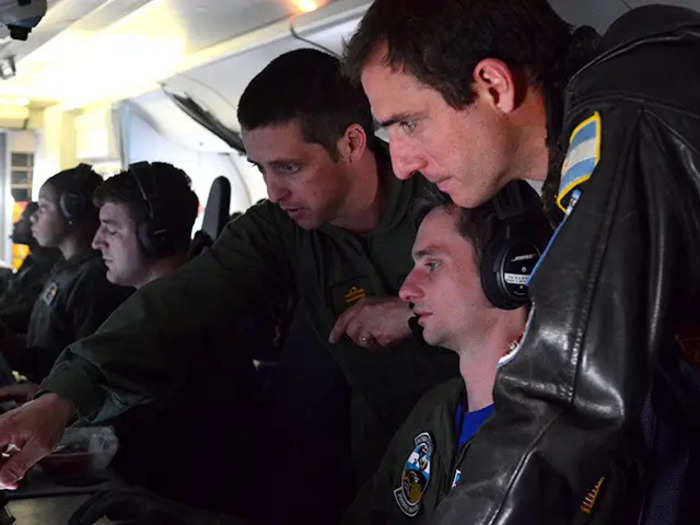
Source: US Navy
The advantage of the Poseidon is its armament, with the aircraft capable of carrying torpedoes, cruise missiles, and harpoons capable of hitting maritime and ground-based targets.

Source: US Navy and Defense News
The weapons are kept in a bomb bay in the aircraft's fuselage and dropped by the pilot when the situation requires.
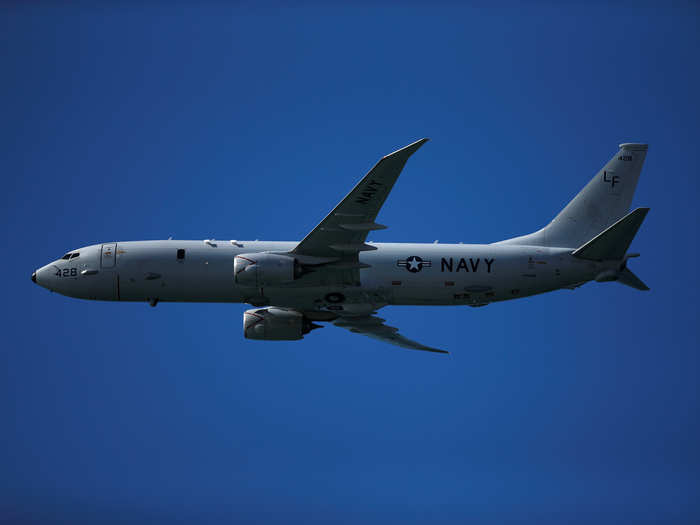
Source: Defense News
Unlike its counterparts, the P-8 features longer wings with raked winglets capable of carrying wing-mounted torpedos.
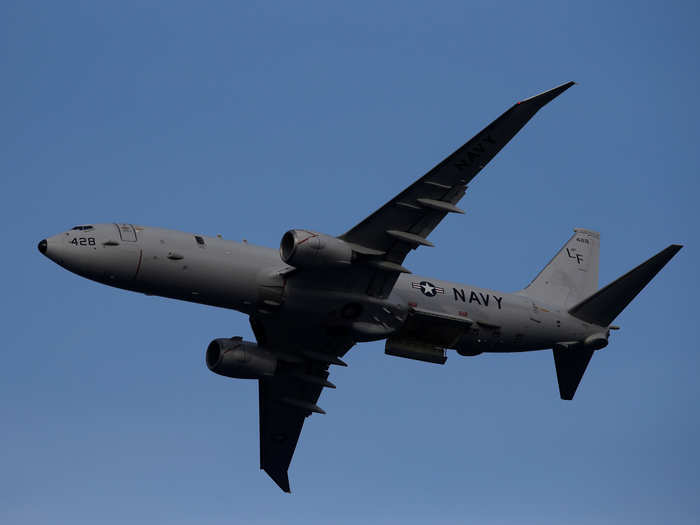
Source: Aviation International News
The P-8 can also fly for around 10 hours uninterrupted, with a maximum range of over 5,000 nautical miles.
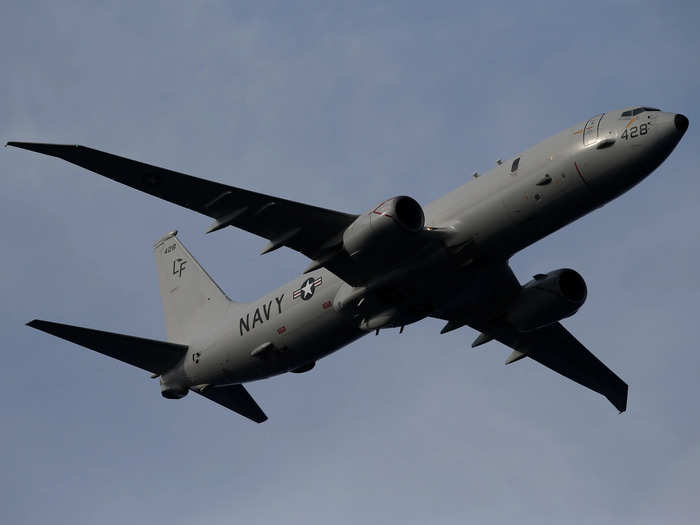
Source: Aviation International News
Should it need to stay out longer, however, the aircraft can also be refueled while in the air.
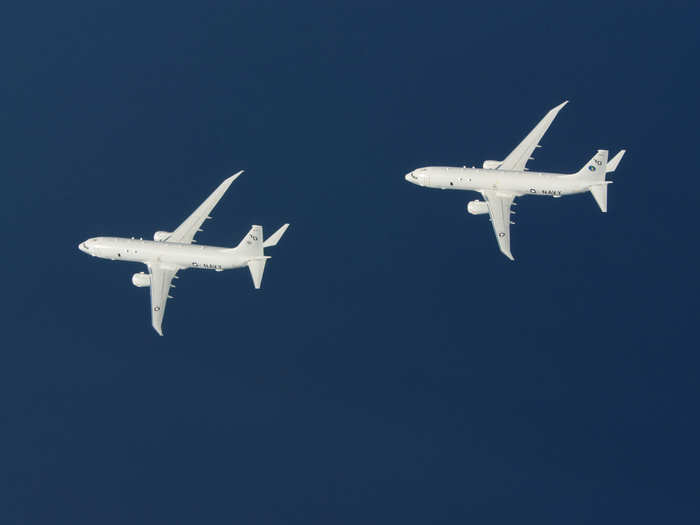
Source: Boeing
Boeing has built over 100 P-8 Poseidons with the majority of the builds going to the US Navy.
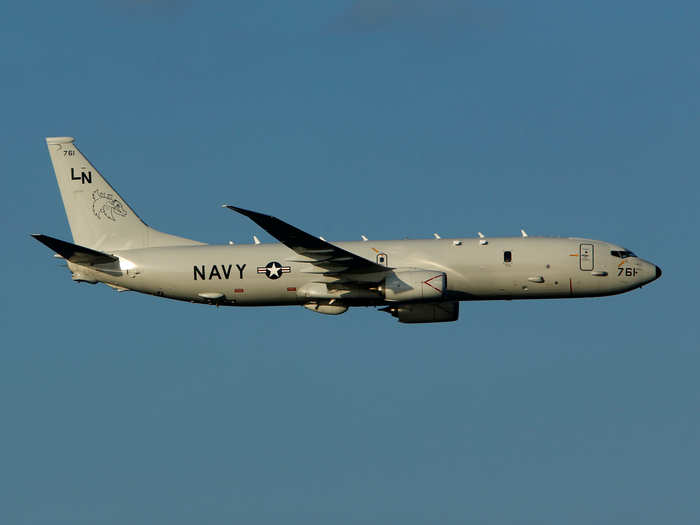
Source: Boeing
Other customers include Australia, Norway, India, the United Kingdom and now, New Zealand and South Korea.
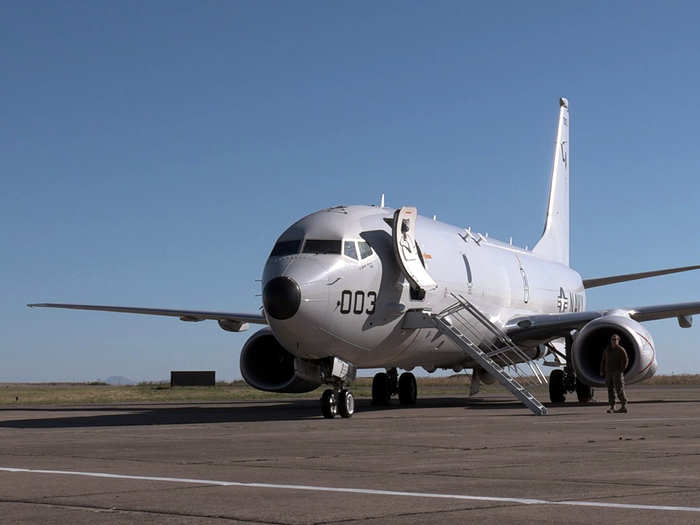
Source: Boeing
The Royal Air Force purchased nine P-8s to be based in Scotland and patrol the waters of the North Atlantic Ocean.
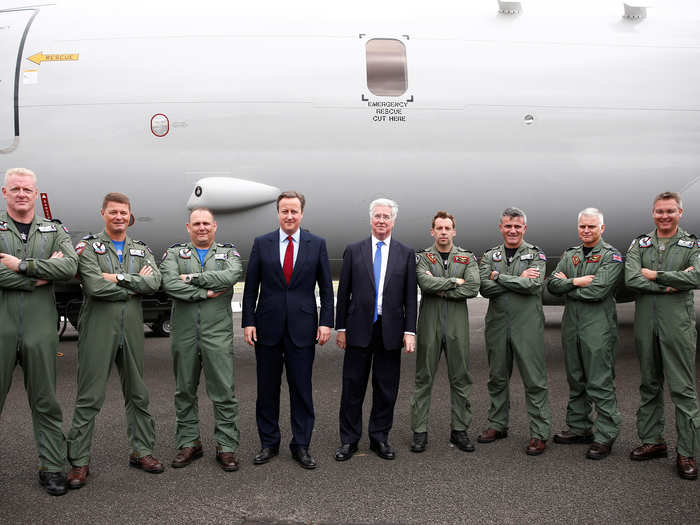
Source: Boeing
Another large customer, the Royal Australian Air Force has orders for 12 Poseidons to aid in its maritime patrol and surveillance efforts.
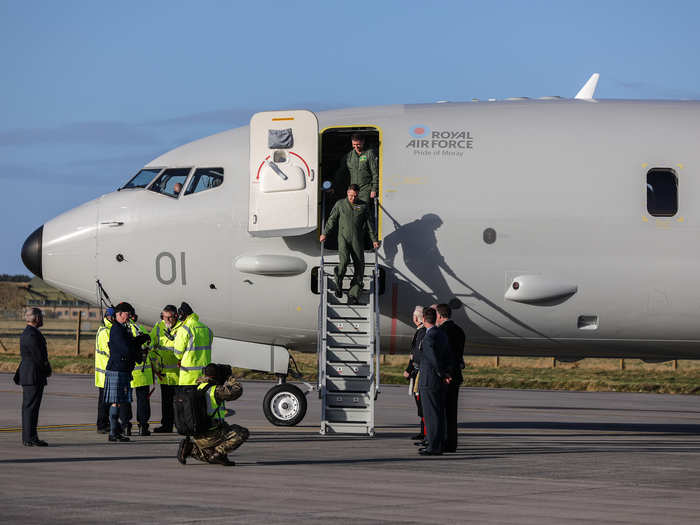
Source: Royal Australian Air Force
During its tenure for the US Navy and foreign militaries, the P-8 Poseidon has proved to be just as valuable as the ships on the sea, a veritable flying patrol boat.
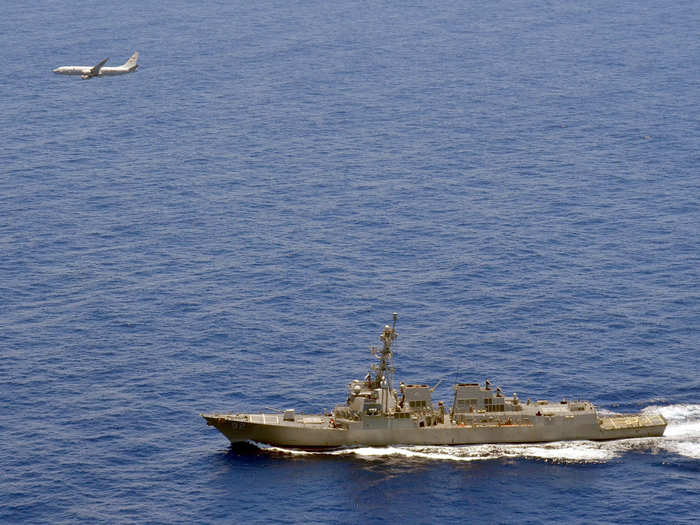
Popular Right Now
Popular Keywords
Advertisement
